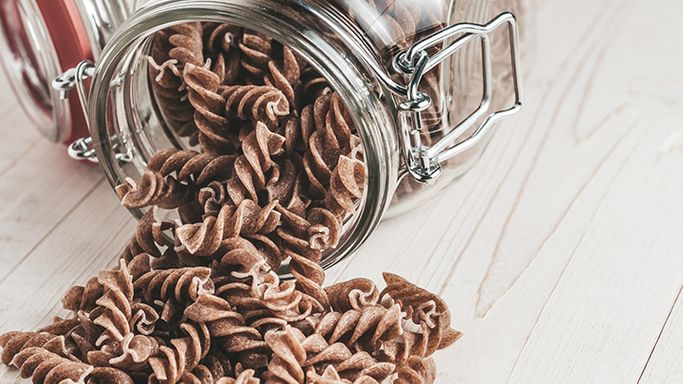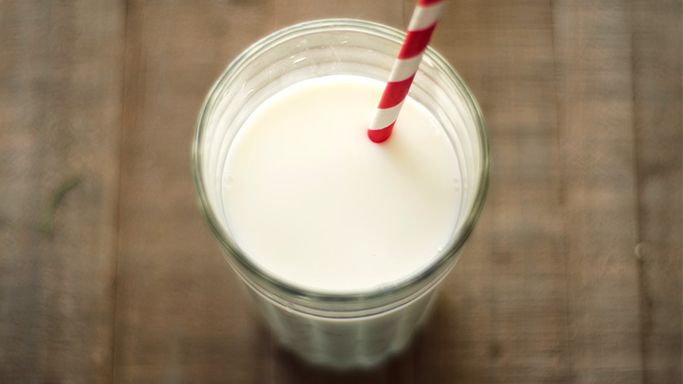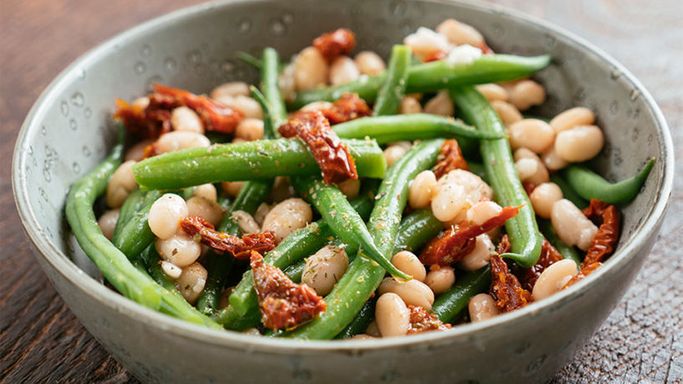
Categories
Home
 News
News  Healthy Carbs for Patients With Type 2 Diabetes
Healthy Carbs for Patients With Type 2 Diabetes
Healthy Carbs for Patients With Type 2 Diabetes
It’s tough to avoid carbs — and you don’t need to. Instead, choose the healthiest carb-containing foods for your diabetes diet.
Carbohydrates are not your enemy — they’re your friend. Even if you have type 2 diabetes. “When you say ‘carbohydrate,’ most people think of sugar,” says Meredith Nguyen, RD, a certified diabetes educator in the Dallas–Fort Worth area. But that’s only half the story. Carbohydrates also include starches and valuable fiber, which are found in many nutrient-rich foods that should be part of a diabetes diet.

The recommended amount of carbohydrates differs for everyone, and depends on factors like how much you exercise, body size, age, and sex, says Palinski-Wade. Also take blood sugar goals and medication into account when determining the right amount of carbs that your body needs, she says.
Here are seven healthy sources of carbs, plus how to eat them to keep your blood sugar in balance.
1. Milk and products from milk

Milk and other dairy products contain sugar in the form of lactose. But this is an important food group to include in your healthy diabetes diet because these foods offer protein and calcium. Protein offers staying power in your meals (and is necessary for muscle and metabolic health), while calcium is a critical mineral for heart, muscle, and bone health.
Sciences recommend low-fat dairy, which is labeled as 1 or 2 percent milk fat. “Full-fat dairy contains higher levels of saturated fat, which can not only increase the risk of heart disease and inflammation, but diets rich in saturated fat have been associated with a higher level of insulin resistance”
2. Beans and Peas Are a Fiber-Packed Source of Carbohydrates

Beans, such as black and kidney beans, may be higher in carbohydrates compared with many other plant sources, but they’re recommended when building your diabetes diet.
One reason they’re so healthy: filling fiber. People with diabetes consume beans regularly since eating high-fiber foods such as beans can have a positive impact on overall health and body weight
While their nutrition stats are impressive, they still have that 20 g of carbs per ½ cup, you have to make sure the portion you’re eating fits within your carb goals.
3. Fruits Are Also High in Fiber
You may worry about fruits because you’ve heard that they’re “packed with sugar,” but don’t discount this healthy carb source. “Fruit should not be off limits to people with diabetes,” says Palinski-Wade. Along with naturally occurring sugar, fruit is packed with vitamins and disease-fighting antioxidants, as well as fiber.
Because fruit is a source of carbs, experts recommends sticking to one serving (about ¾ cup of fresh fruit) at a time, and spacing out fruit intake throughout the day to help balance blood sugar levels.
4. Berries Are Lower in Sugar
Speaking of fruit, berries (think: blueberries, strawberries, and raspberries) are an ideal fruit for people with diabetes because they tend to be lower in sugar and carbohydrates compared with other fruits. One of the best berries to eat are raspberries.
5. Vegetables Help You Feel Full
If there’s one thing you remember, let it be this: Eat more vegetables. Vegetables are a great way to moderate the carbs in a meal and feel full, Nguyen says. Registered dietitians and certified diabetes educators recommend filling half your plate with nonstarchy vegetables (these include things like leafy greens, broccoli, and bell peppers, according to the NIDDK). Beyond adding bulk to your meal for fewer calories, these veggies are packed with health-promoting compounds. For instance, cruciferous veggies, like broccoli, cauliflower, and kale, contain glucosinolates, which are compounds with properties that may help prevent cancer
6. Whole Grains
When you’re making a grain-based starch selection, think nutritious whole grains, like barley, quinoa, whole-grain couscous, whole-wheat pasta, and brown rice, instead of refined white pasta and white rice. During the process of refining grains (these include white flour and white rice), nutrients and fiber from the bran and germ are lost.
You can slow the rise in blood sugar that results from eating grains (even whole grains). “Anytime you can add slow-digested nutrients to a meal, it may help to slow the rate at which carbohydrates are converted into sugar and absorbed into the bloodstream
7. Nuts Contain Fat Unsaturated, Vitamins and Minerals
Patient with type 2 diabetes who eat five servings of nuts weekly have a 17 percent lower risk of heart disease compared with those who eat less than one serving per month, according to a study published in February 2019 in the journal Circulation Research.
What’s more, people who started eating more nuts after being diagnosed with type 2 had a 27 percent lower risk of early death versus those who kept their consumption the same. The researchers note that nuts may improve glycemic control, lower blood pressure, reduce inflammation, and improve artery function, as they’re packed with unsaturated fats, fiber, vitamins like E and folate, and minerals like calcium and magnesium.
10 September, 2019














